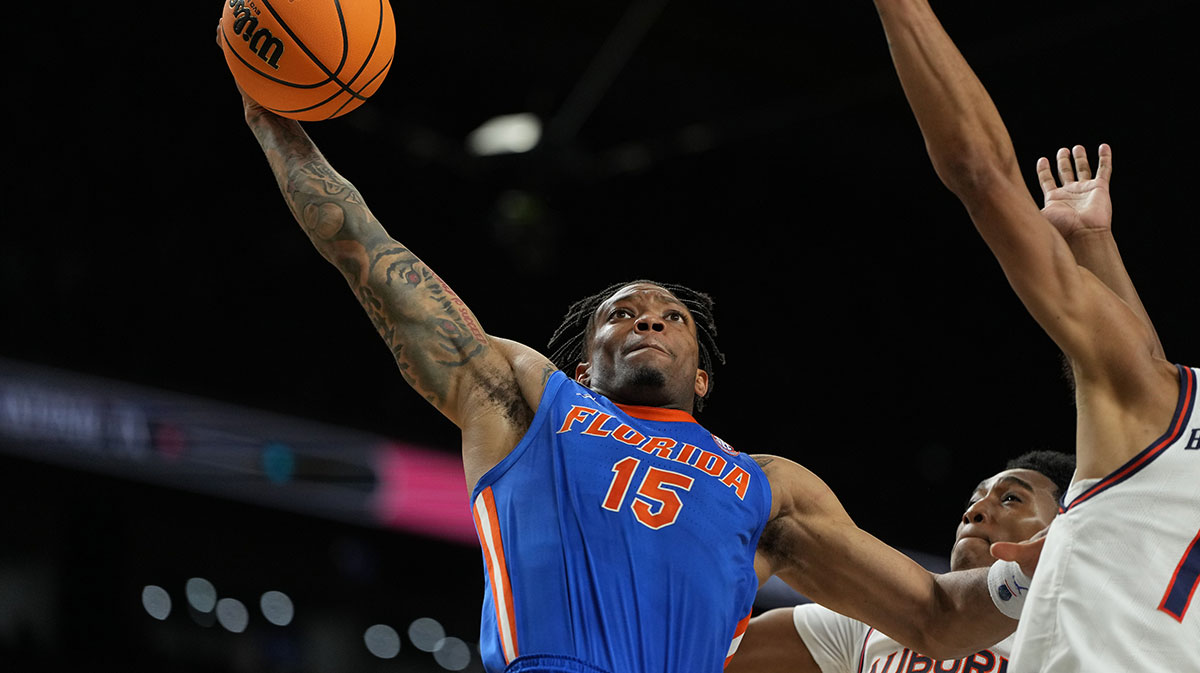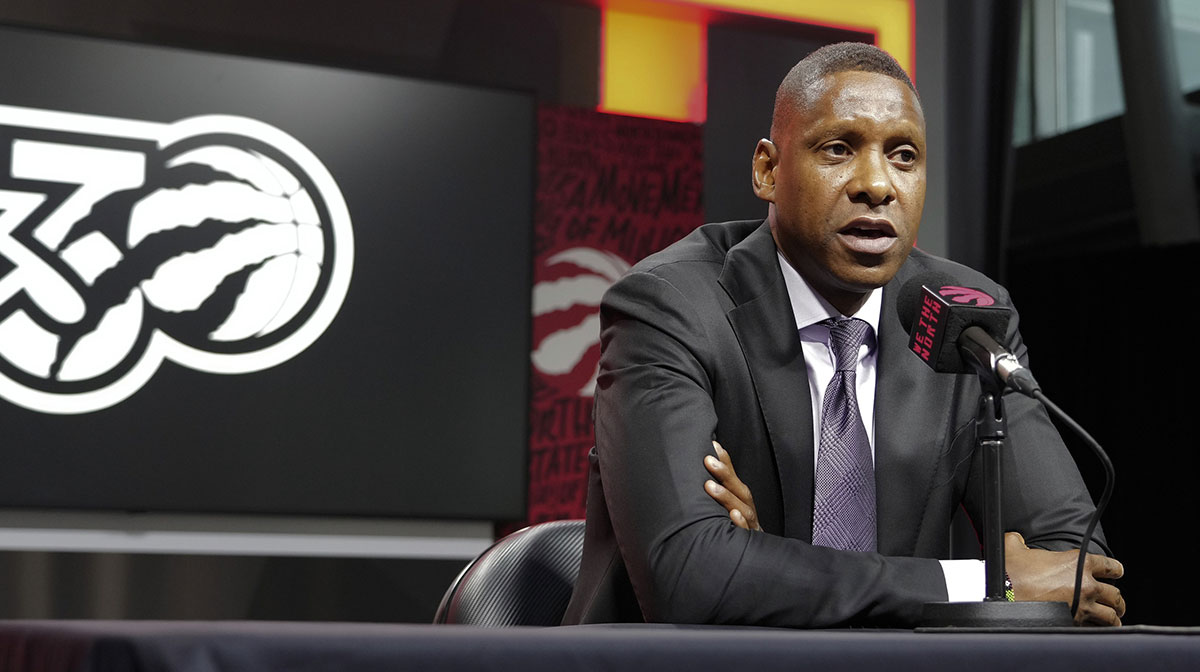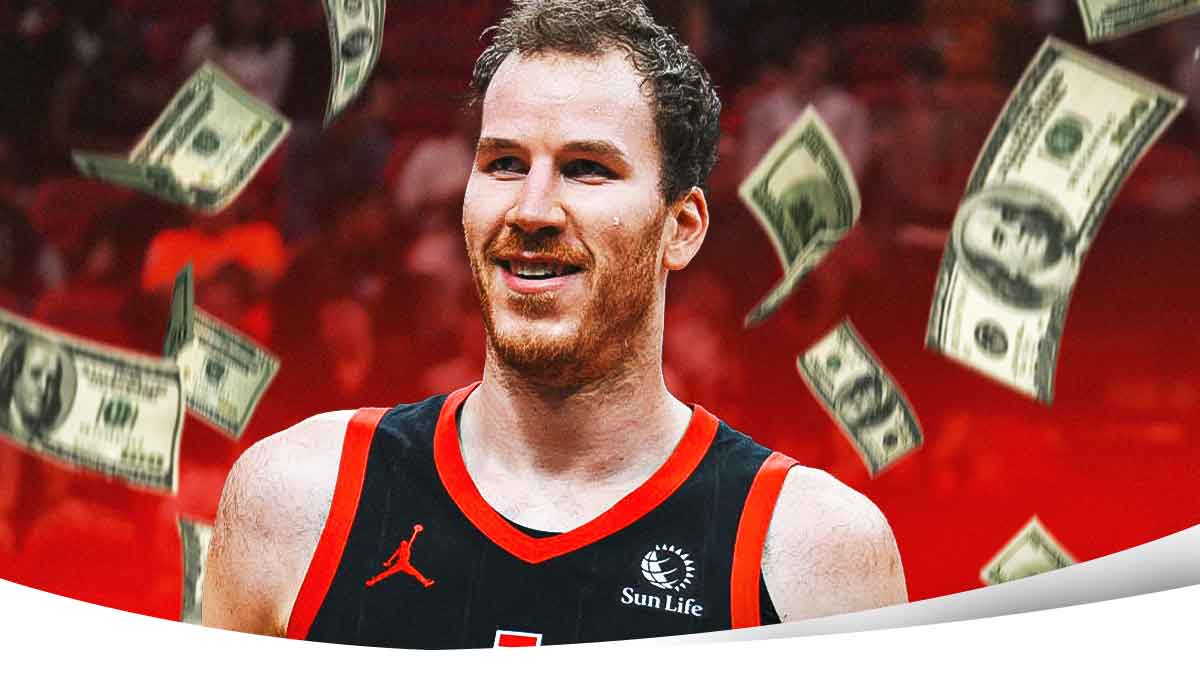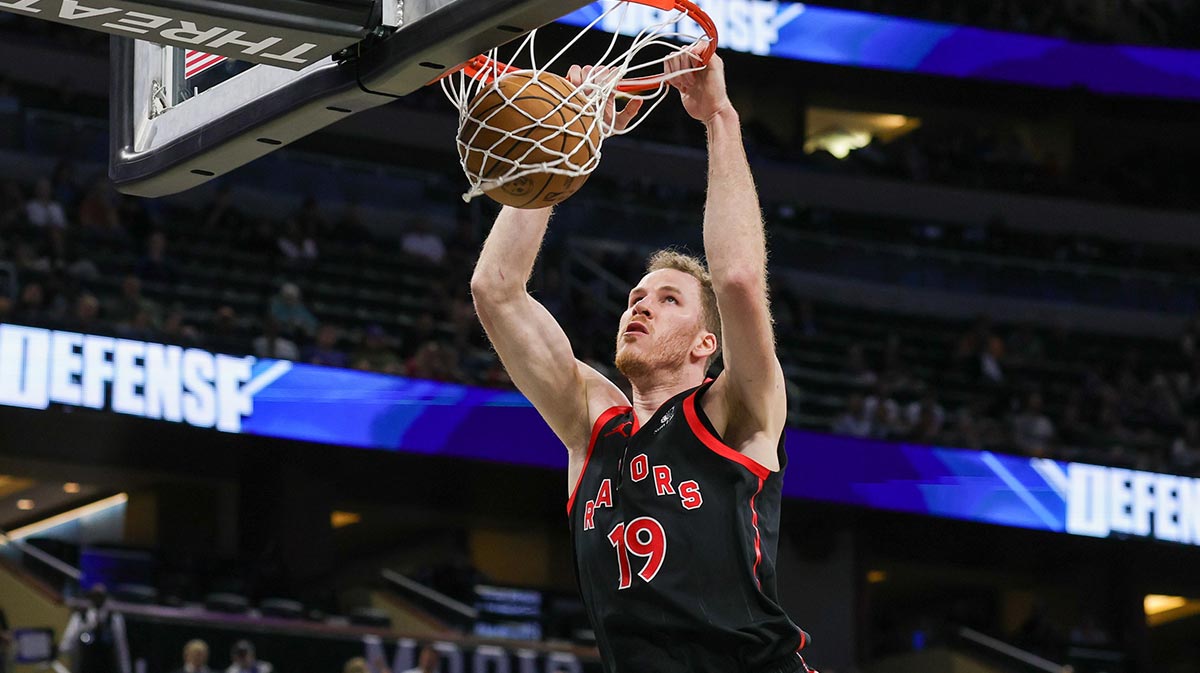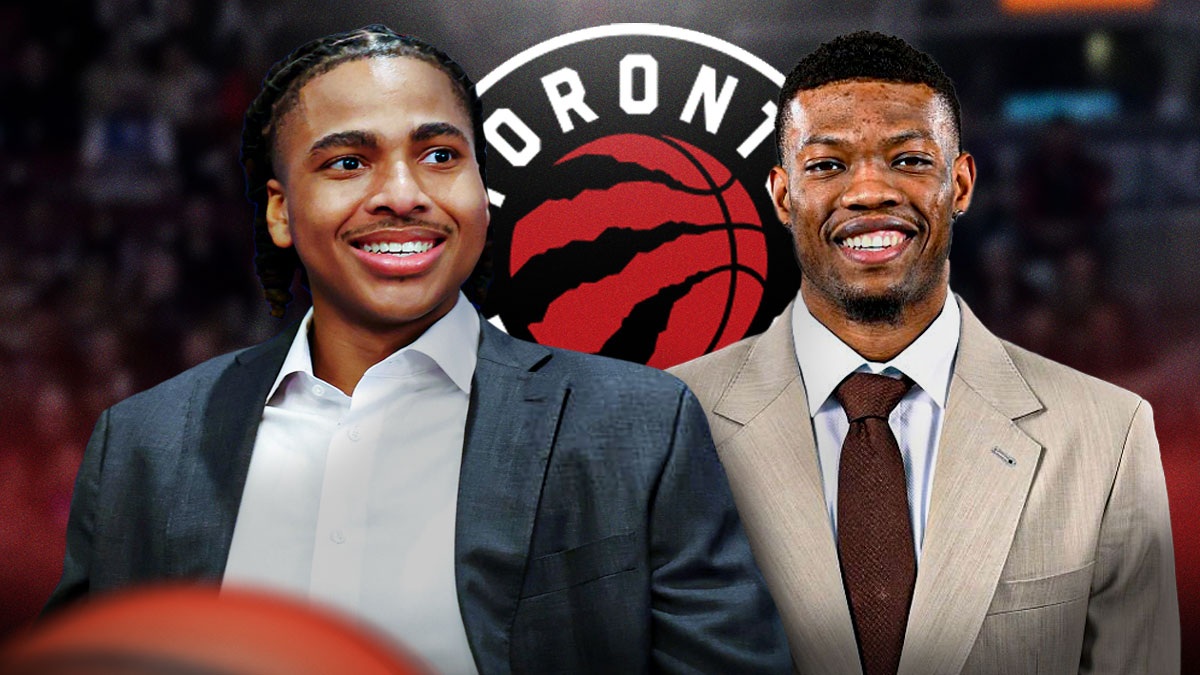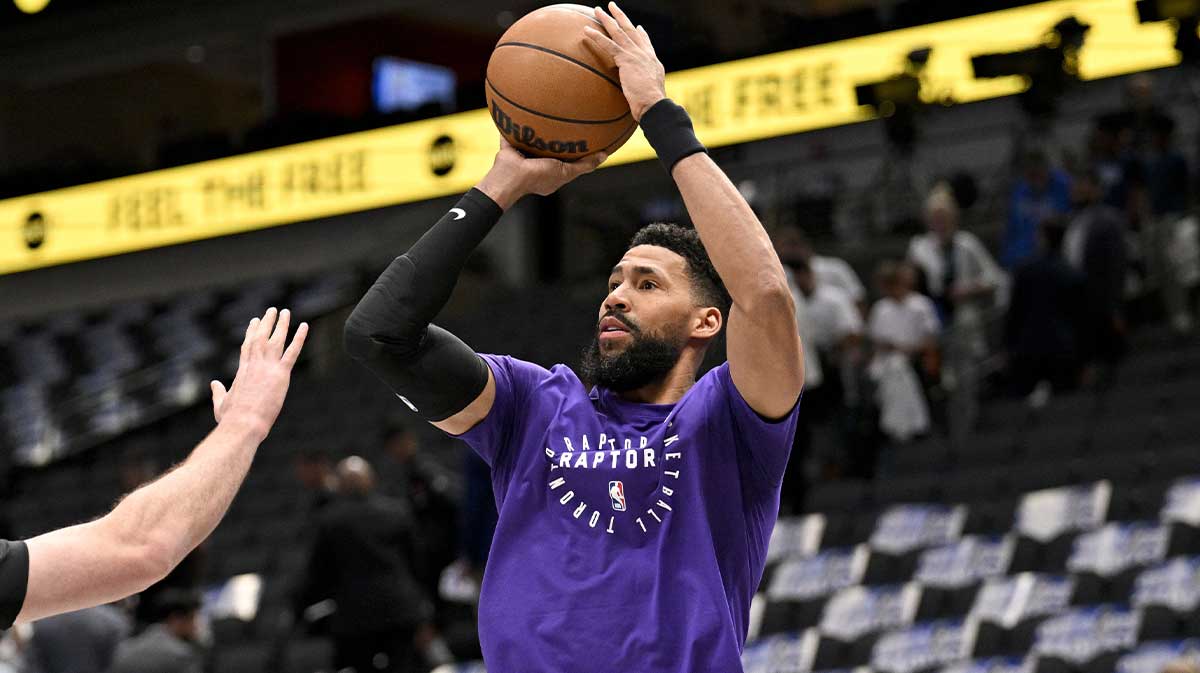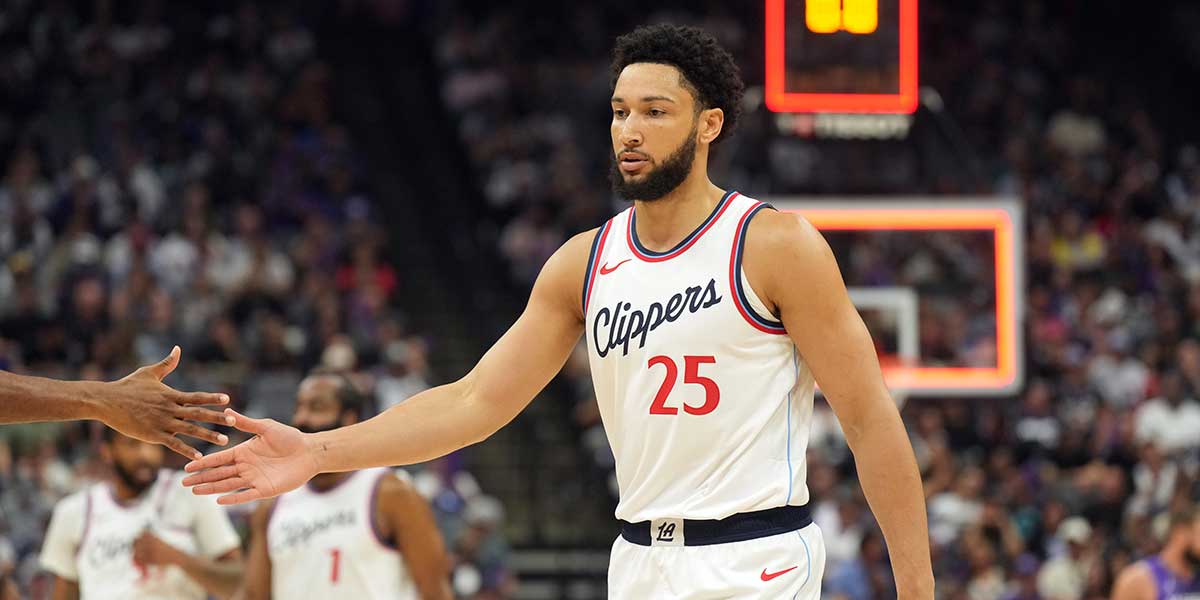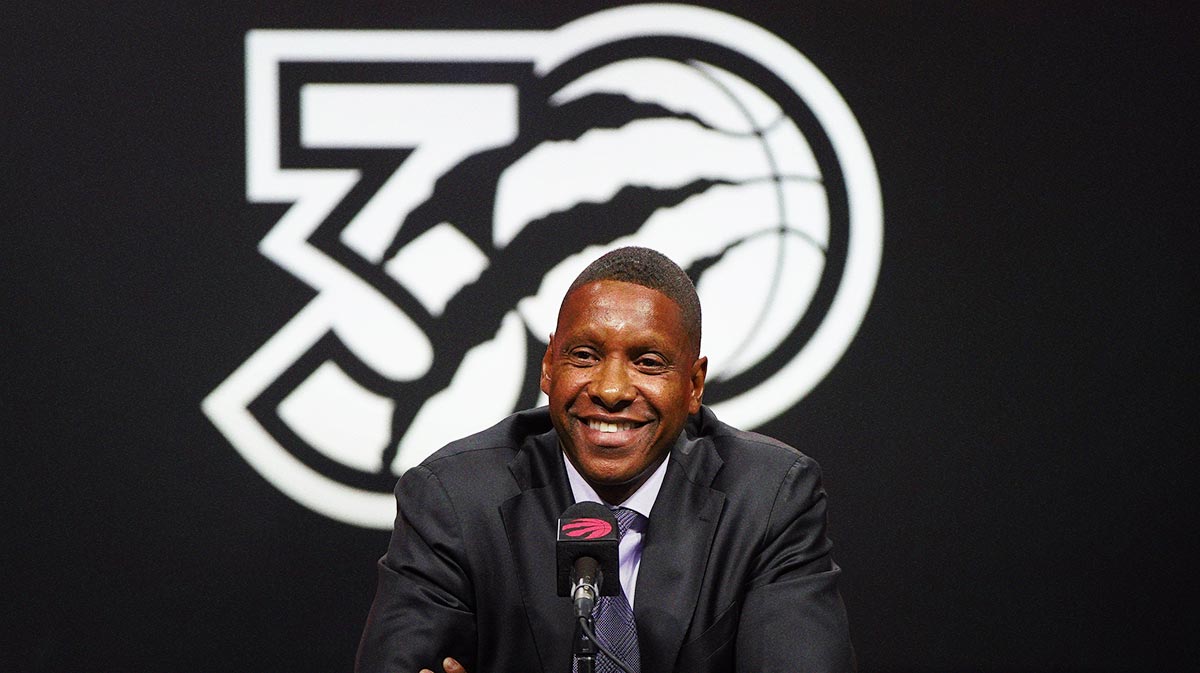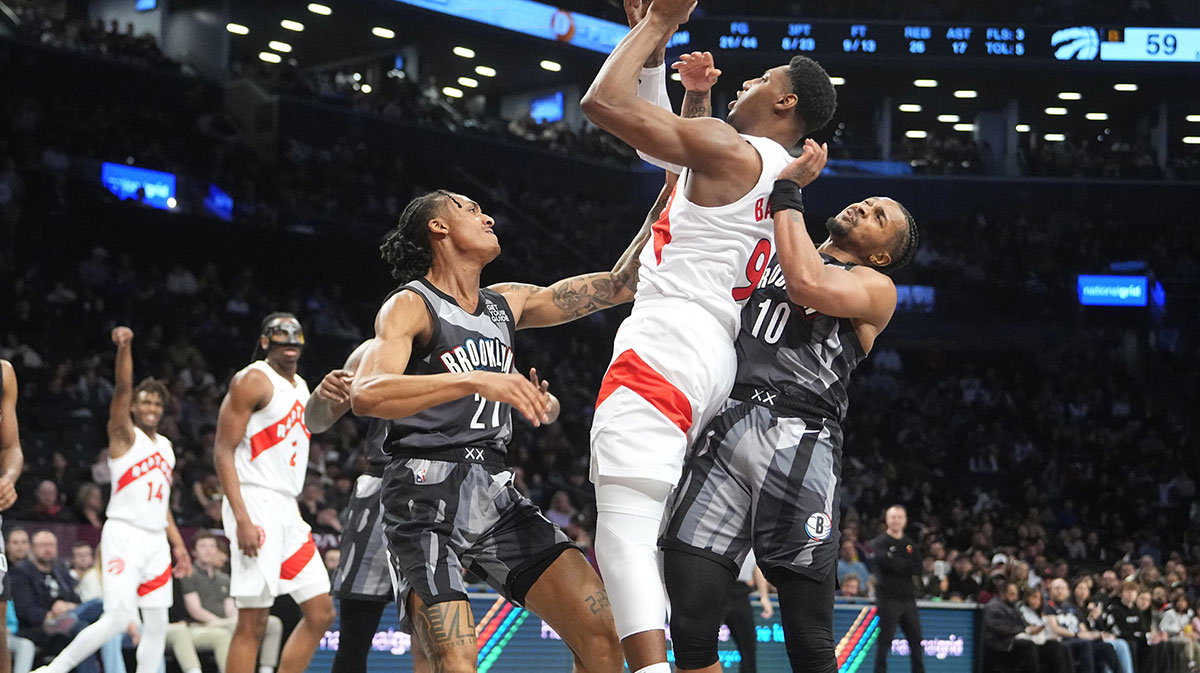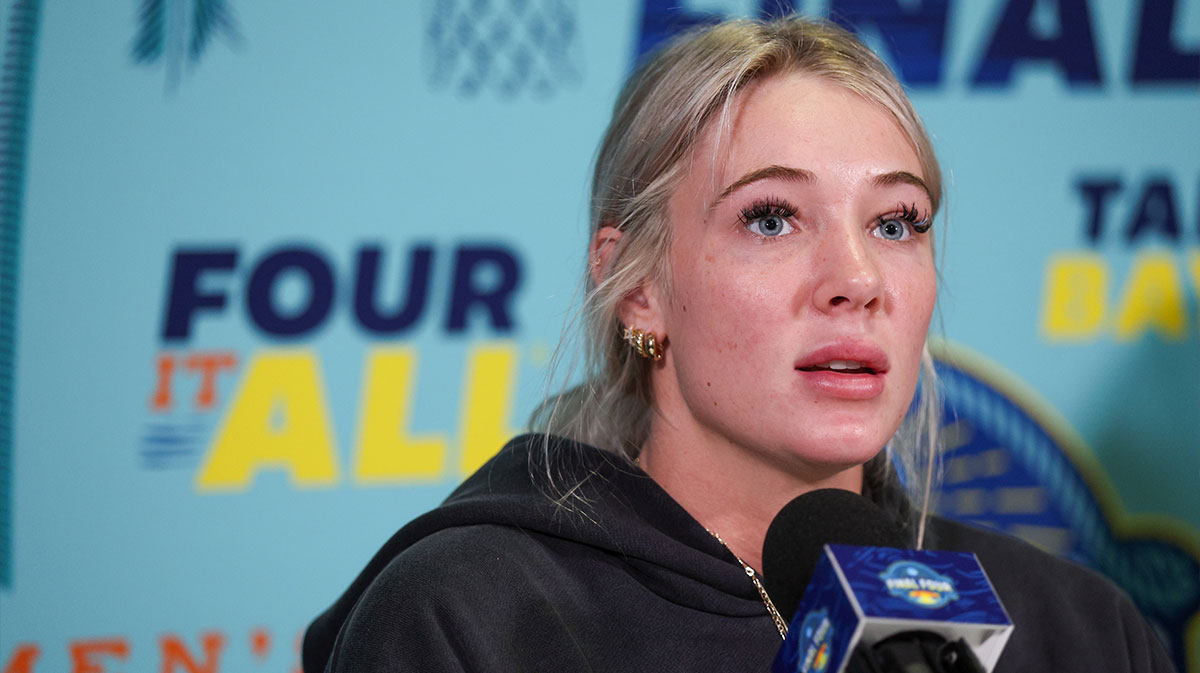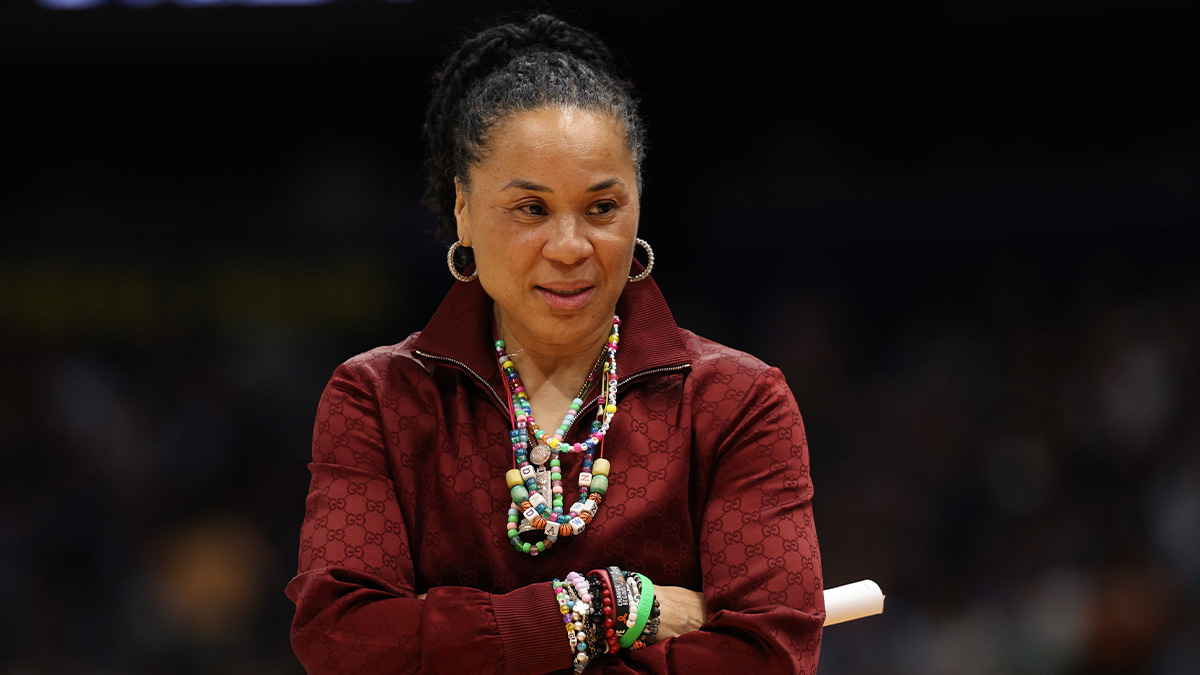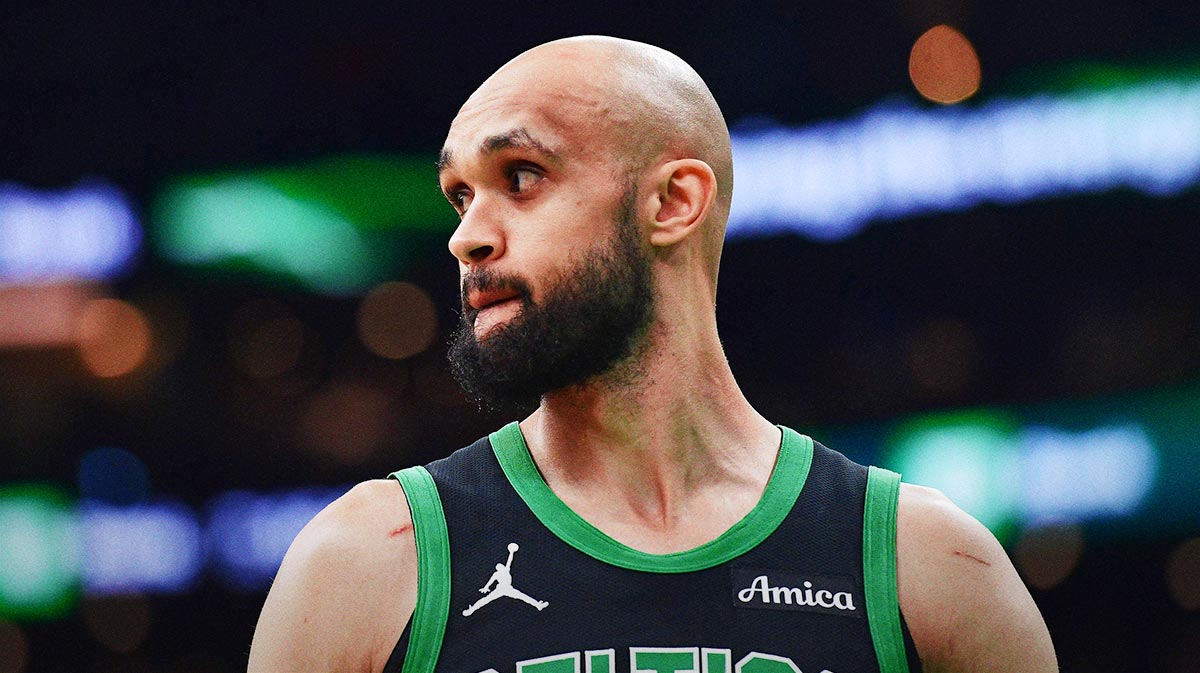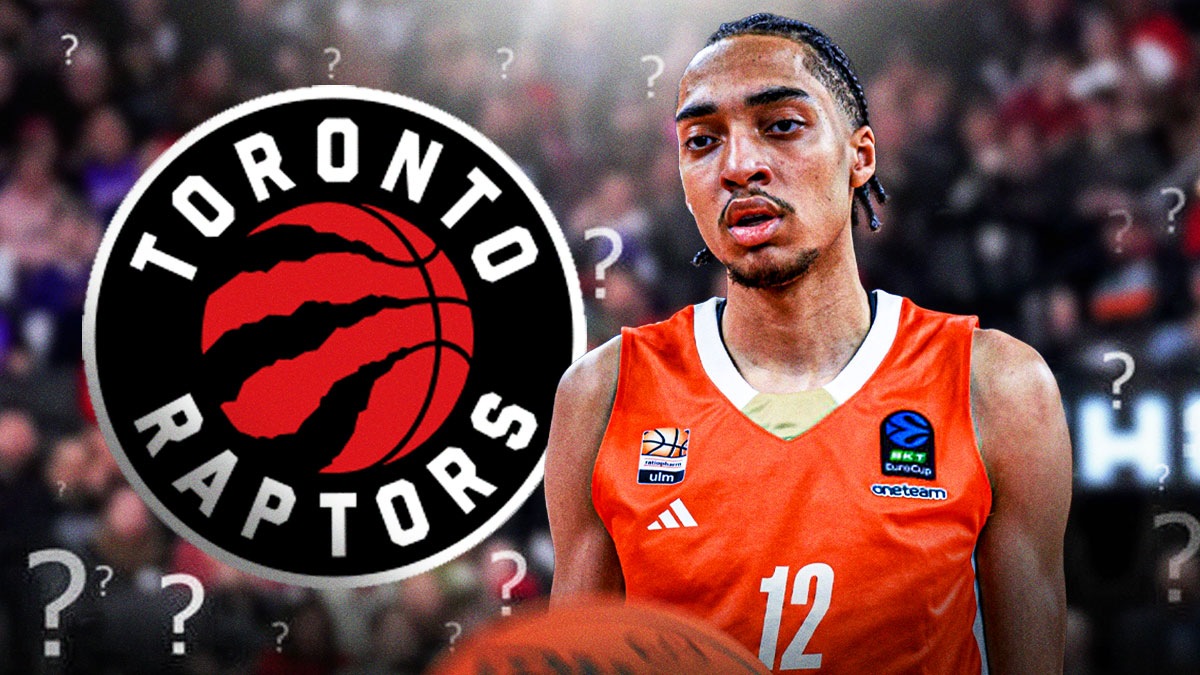The story of these Toronto Raptors is one of incremental improvements amid crushing failures. Through it all, team president Masai Ujiri remained patient. And while his preference was always to find a superstar like Kawhi Leonard, he allowed his roster time to breathe in hopes of developing one. Like, perhaps, Pascal Siakam.
Like the Raptors, Siakam's rise has been one of perseverance and under-appreciated gains in a culture demanding quicker results.
Between Nov. 25 and Dec. 29 last year, Pascal Siakam missed 27 consecutive three-pointers, nearly matching the 29 he made all season. Among the 238 players who attempted at least 100 threes in 2017-18, Siakam was dead last at 22 percent, trailing runner-up Josh Jackson by 4.3 percentage points (26.3 percent). Almost any way you slice it, he was the worst volume three-point shooter in the league.
Siakam is going to keep shooting, though.
“For the fans, it's all about makes and misses, right?” Siakam told James Herbert of CBS Sports back in February. “The ones that watch TV, you have to make that shot. And that's what it's always about. And I mean, I don't want to tell them what is fair or whatever, but, as a player, you understand that it takes a lot and you put a lot of work in. I started shooting threes two years ago, so it's going to take time. And I know that.”

In the meantime, Siakam will continue to be the most versatile, unique weapon of Toronto's bench mob. At 6 feet 9 inches with a 7-foot-3 wingspan, he embodies the size and length measurements so coveted in today's NBA. What makes him such an enticing prospect and cornerstone piece is the guard-like traits he unites with his physical profile.
Through the positional, playmaking and defensive prism, some compare him to Draymond Green. While not quite the cerebral player or malleable defender of Green, Siakam's vision gives credence to that parallel.
Siakam isn't the traditional power forward who simply facilitates from the elbows, low block or on the short roll; he's a 6-foot-9 wing with legitimate point guard skills. He can attack from a standstill, beat his man off the dribble, and make keen reads as defenses wilt:
Where he's most deadly, though, is in the open floor. His Synergy profile isn't anything to gawk at — an anemic jumper will do that — but Siakam was a terror in transition last season, yielding 1.27 points per possession (83rd percentile). With his gangly limbs sprawling and jet-powered legs beaming into high gear, Siakam rips through defenses as both a passer and scorer in ways other 4-men can't.
He isn't just fast for a big man, he's fast, period. Once Toronto secures possession following a stop, Siakam is tearing down the court. His ability to spearhead fast breaks as a primary ball handler or fill lanes in a supporting role is an enigma for defenses:
In the half court, Siakam can assume the role of a prototypical passing big man, slinging it to shooters as a roller. He's patient yet decisive with the ball in his hands and confident in his decision-making process:
Toronto is even comfortable letting him direct the offense at times. He acts as a guard in pick and rolls — though, admittedly, this is rare — is the fulcrum of actions on the elbow and formed a dynamic 4-5 tandem with Jakob Poeltl — and, occasionally, with Lucas Nogueira — down low.
Siakam isn't just a skilled passer whose offensive value comes to a screeching halt beyond that. Despite shooting just 22 percent from deep and 61.2 percent at the free-throw line, he still tallied a 54.9 true shooting percentage, thanks to his efficiency inside the arc.
He uses his length, quickness, and fluid ball-handling to attack the lane, blitzing opponents and finishing through contact as he converted 71 percent of his shots at the rim last season (81st percentile among bigs).
Off the ball, he's parlayed those same physical traits into punishing closeouts with a first step almost unrivaled among power forwards around the league. He features a go-to spin move to manufacture space and can also expose creases in the defenses, slipping passes through tight quarters:
That final hallmark in Siakam's offensive repertoire is exactly why developing an outside shot is paramount. If he emerges as a dependable catch-and-shoot threat, he'll encounter stingier defensive pressure against slower wings and centers, enabling him to bolt to the rim and create for himself or others. As it opens the door for other phases of his game, a faint light known as stardom will click on at the end of the hallway.
While his offensive skill set is rare for that of a 6-foot-9 forward, Siakam is a poster boy for modern NBA defensive schemes. He'll likely never defend centers on a full-time basis, nor should he, but his blend of length and athleticism concoct a switch-heavy wing capable of locking down every position on the floor.
By no means was Siakam the crux of Toronto's defense last season but few, if any, on the squad were more impactful. Only Fred VanVleet bested him in on-off split for defensive rating (min. 500 minutes) and he posted a team-high plus-1.00 Defensive Player Impact Plus-Minus.
Averaging a combined 2.4 steals and blocks per-36 minutes for his career, he's an active defender who makes smart rotations and reads, stymying possessions and forcing turnovers. His lack of elite size and strength dampens the likelihood of a rim-protection evolution occurring but he's already a disruptive perimeter defender, quelling any concerns about his value on that end.
He doesn't just hold his own on switches, he embraces them, salivating at the chance to defy conventional wisdom and establish his place among NBA unicorn lore:
Even with his penchant for getting to the rim off the bounce, Siakam's scoring portfolio is always going to be limited. He was just 4-for-14 on pull-up jumpers last season and isn't comfortable shooting off the dribble. Without a pull-up in his back pocket, his scoring potential plummets, as does his pick-and-roll outlook, no matter how futuristic and novel the concept is.
As a roll man, he's proven far more adept creating for others than himself and is an inconsistent and generally ineffective screener. Part of what elevates big men to unicorn status is their faculty to merge backcourt and frontcourt skills. Currently, Siakam holsters more of the former and is searching for many of the latter.
Those flaws should be commonplace for a 24-year-old who adopted the sport just seven years ago. His growth curve as an outside shooter has been even steeper, too. In a pair of seasons at New Mexico State, he attempted just 17 threes and as a rookie, that number was just seven. Last season, it ballooned to 132 — an unprecedented leap, given his background — and they came on improved mechanics, too.
His teammates believe in him; the coaching staff does, too. They'll implore him to keep firing until it becomes a bullet in the offensive chamber. They've repeatedly preached that philosophy.
“We don't care if he misses 10 in a row,” Raptors forward Norman Powell said [via Herbert, CBS Sports]. “Shoot the 11th.”
Those within the Raptors organization say Siakam is a tireless worker who's devoted himself to crafting a respectable three-ball. They speak in absolutes when discussing his prospects as a shooter, expecting the rise to manifest, not just hoping.
So, when it does, the NBA will bear witness to Siakam's fury. It'll happen on NBA courts after beginning in empty practice gyms. And soon, nobody will remember that dismal stretch between November and December. They'll just be marveling at Toronto's newest star.

